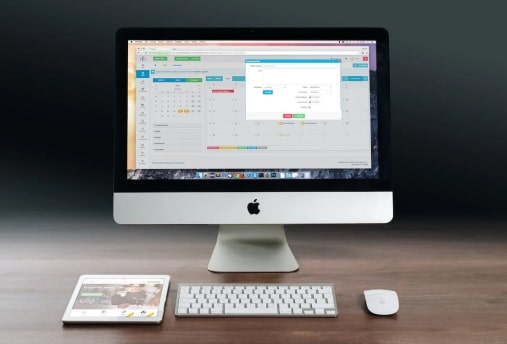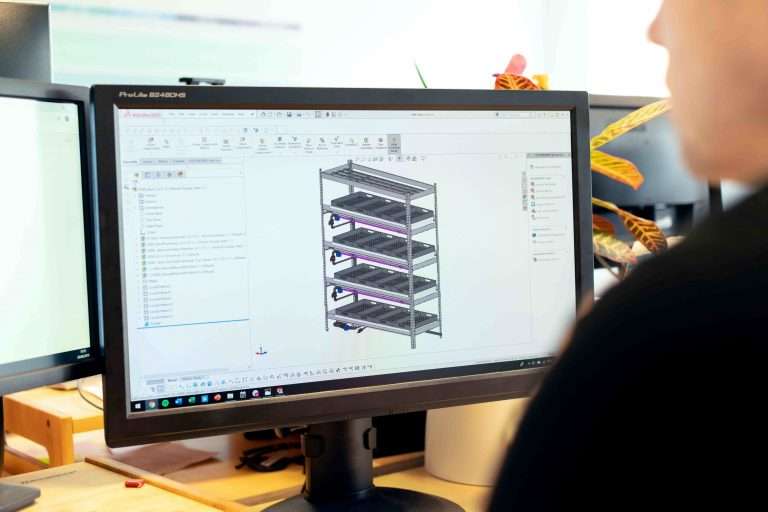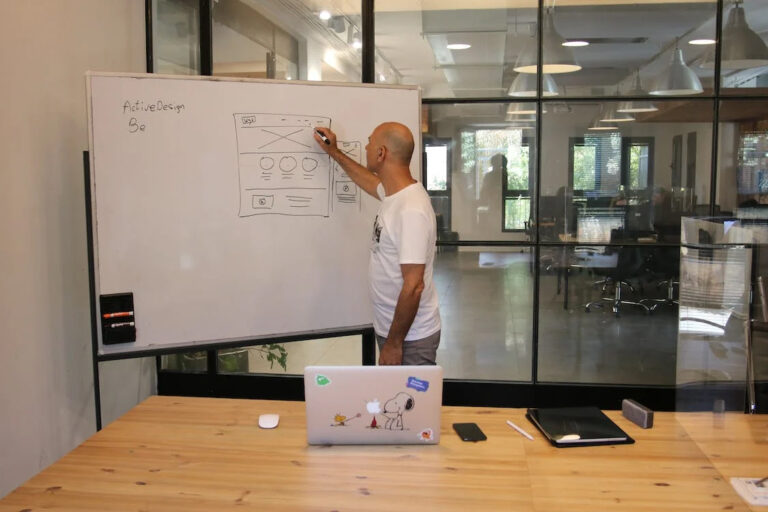
The Future of UI/UX Design
In the dynamic and ever-evolving field of UI/UX design, staying ahead of emerging technologies and trends is essential to create engaging, intuitive, and innovative digital experiences. As technology continues to advance at a rapid pace, new possibilities are constantly emerging, reshaping the landscape of UI/UX design. In this blog post, we’ll explore some of the key emerging technologies and trends that are shaping the future of UI/UX design. The Future of UI/UX Design
Augmented Reality (AR) and Virtual Reality (VR)
Augmented Reality (AR) and Virtual Reality (VR) are revolutionizing the way users interact with digital content, offering immersive and interactive experiences that blur the lines between the physical and digital worlds. In the realm of UI/UX design, AR and VR present exciting opportunities to create compelling user experiences, such as immersive product demonstrations, virtual tours, and interactive storytelling. The Future of UI/UX Design
Voice User Interfaces (VUIs)
With the rise of voice-controlled devices and virtual assistants, Voice User Interfaces (VUIs) are becoming increasingly prevalent in UI/UX design. VUIs enable users to interact with digital interfaces using natural language commands, offering a hands-free and intuitive way to access information and perform tasks. Designing effective VUIs requires a deep understanding of natural language processing, conversational design principles, and user behavior.
Artificial Intelligence (AI) and Machine Learning (ML)
Artificial Intelligence (AI) and Machine Learning (ML) technologies are transforming UI/UX design by enabling personalized and predictive experiences. AI-powered chatbots and virtual assistants can provide personalized recommendations, assist users with tasks, and streamline the user journey. ML algorithms can analyze user behavior, preferences, and patterns to anticipate user needs and adapt the interface in real-time, creating more tailored and user-centric experiences.
Motion Design and Micro interactions
Motion design and micro interactions play a crucial role in enhancing the usability and delightfulness of digital interfaces. From subtle animations that guide users through workflows to playful microinteractions that provide feedback and context, motion design adds depth, personality, and engagement to UI/UX design. As interfaces become more dynamic and interactive, motion design will continue to be a key focus area for designers.
Responsive and Adaptive Design
With the proliferation of devices and screen sizes, responsive and adaptive design has become essential for creating seamless and consistent user experiences across various platforms and devices. Designing interfaces that adapt to different screen sizes, resolutions, and input methods ensures accessibility and usability for users on smartphones, tablets, desktops, and beyond.
Ethical Design and Inclusive Design Practices
As technology continues to shape our daily lives, ethical design and inclusive design practices are gaining prominence in UI/UX design. Designers have a responsibility to consider the ethical implications of their designs, including privacy, security, accessibility, and diversity. Incorporating inclusive design principles ensures that digital experiences are accessible and usable by all users, regardless of their abilities, backgrounds, or circumstances.
Conclusion
The future of UI/UX design is filled with exciting possibilities, driven by emerging technologies, changing user expectations, and evolving design practices. By embracing emerging trends such as AR/VR, VUIs, AI/ML, motion design, responsive design, and ethical design, UI/UX designers can create experiences that are not only visually stunning and intuitive but also meaningful, accessible, and inclusive. As we continue to push the boundaries of design innovation, the future of UI/UX design promises to be both transformative and inspiring.
Related Blog: Unleashing the Power of E-Commerce Development















